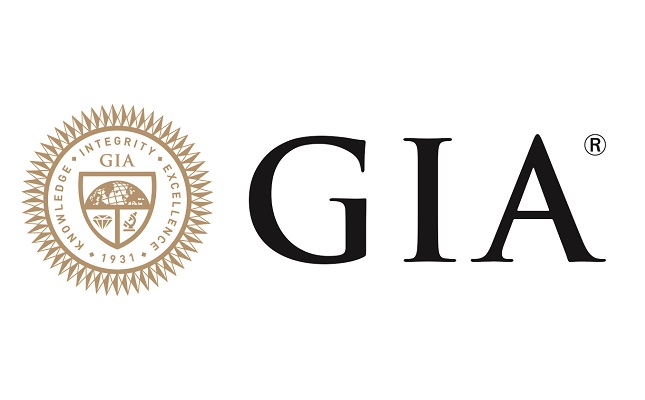GIA changes its synthetic diamonds grading reports
April 03, 19
GIA announced changes to its laboratory-grown diamond grading report to align the report with recent revisions to the U.S. Federal Trade Commission (FTC) Jewelry Guides.
Effective July 1, 2019, GIA will discontinue its [twelve-year old] GIA Synthetic Diamond Grading ReportTM and introduce the GIA Laboratory-Grown Diamond ReportTM.
The GIA Laboratory-Grown Diamond Report will:
- include the standard GIA color, clarity and cut grading scales for reference purposes;
- continue to use Colorless, Near Colorless, Faint, Very Faint and Faint to report the color grades for laboratory grown diamonds (LGDs), rather than the letters used to report the color grades for natural diamonds;
- include GIA's standard color grading scales: Colorless for D, E and F; Near Colorless for G, H, I and J; and Faint for K, L and M;
- continue to use Flawless, Internally Flawless, Very Very Slightly Included, Very Slightly Included, Slightly Included and Included to report the clarity grades for LGDs, rather than VVS1 and VVS2; VS1 and VS2; SI1 and SI2; and I1, I2 and I3 used to report the clarity grades for natural diamonds;
- include standard GIA clarity grading scales: i.e. Slightly Included for SI1 and SI2;
- use 'laboratory-grown' in the identification line of the report; 'synthetic' will not be used in the report;
- include the following statement: This is a man-made diamond produced by CVD (Chemical Vapor Deposition) or HPHT (High Pressure High Temperature) growth processes and may include post-growth treatments to change the color;
- disclose all detected clarity treatments;
- include a QR code on the report that links to GIA's online Report Check Service. This, in turn, can be used to confirm that the information on a report matches what is in the GIA report database.
In its news release, GIA that "any GIA Synthetic Diamond Grading Report issued since Jan. 1, 2018, may be returned and exchanged for the GIA Laboratory-Grown Diamond Report at no cost."